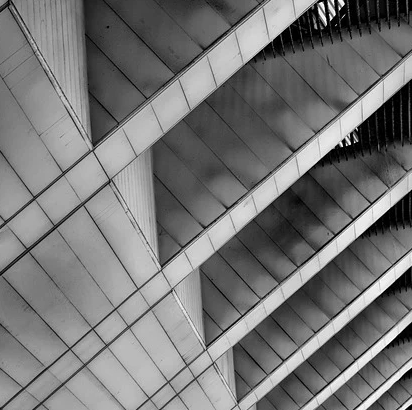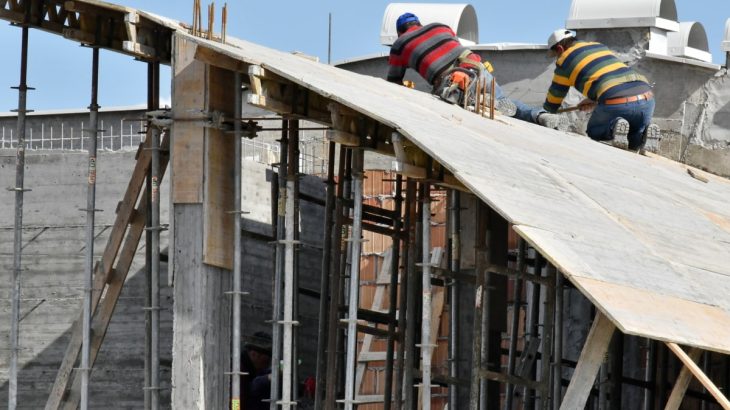In the realm of construction and design, architectural concrete stands as a versatile and transformative medium, shaping the very foundations of modern structures. Building professionals delve into the world of architectural concrete not only for its structural prowess but also for its aesthetic possibilities. This article unfolds the wonders of architectural concrete, showcasing its varied applications, benefits, and the innovative touch it brings to elevating structures.
A Canvas of Possibilities: Exploring Architectural Concrete
Beyond Utility: The Aesthetic Appeal
Architectural concrete transcends its utilitarian roots, emerging as a canvas for artistic expression. Building professionals harness the aesthetic appeal of architectural concrete to craft visually stunning facades, interior elements, and even sculptural installations within structures.
Types of Architectural Concrete
Stamped Concrete
Imitating the texture of materials like brick or stone, stamped concrete adds a decorative flair to surfaces.
Colored Concrete
Diverse pigments infuse concrete with hues beyond the traditional gray, allowing for a spectrum of design possibilities.
Exposed Aggregate Concrete
Characterized by visible aggregates like stones or glass, exposed aggregate concrete adds texture and visual interest.
Applications Across Structures: From Foundations to Finishes
Structural Foundations
Architectural concrete serves as a robust choice for structural foundations, offering durability and load-bearing capacity. Its versatility allows for intricate designs, reinforcing the foundation as both a functional necessity and an architectural feature.
Facade Innovation
Architectural concrete transforms building facades, enabling the creation of visually striking exteriors. The material’s adaptability to various textures and finishes provides architects and builders with a dynamic tool for exterior design.
Interior Elegance
Within structures, architectural concrete finds a place of prominence in interior design. From polished floors to customized countertops, its sleek and modern aesthetic elevates interior spaces, making it a favorite among designers and building professionals alike.
Benefits that Stand Tall: Why Choose Architectural Concrete

Durability in Design
Architectural concrete boasts exceptional durability, standing up to the test of time and environmental factors. Its resilience makes it a preferred choice for structures that demand longevity.
Cost-Efficiency
Beyond its aesthetic and structural merits, architectural concrete proves cost-efficient. Its long lifespan and minimal maintenance requirements contribute to overall project affordability.
Sustainability
Architectural concrete aligns with sustainable construction practices. Its durability reduces the need for frequent replacements, and advancements in eco-friendly concrete formulations contribute to a more sustainable built environment.
Innovation in Formwork: Shaping the Extraordinary
Customized Molds and Formwork
Architectural concrete’s adaptability extends to formwork, allowing builders to create customized molds for unique designs. This flexibility in formwork empowers building professionals to shape structures that push the boundaries of conventional design.
Textured Finishes and Patterns
Innovative formwork techniques enable the creation of textured finishes and intricate patterns on concrete surfaces. From geometric motifs to organic imprints, architectural concrete opens avenues for creative expression.
Challenges and Considerations: Navigating the Complexities
Precision in Mixing and Placement
Achieving the desired aesthetic and structural outcomes with architectural concrete requires precision in mixing and placement. Building professionals must carefully manage variables such as water-cement ratio and curing conditions.
Weather and Environmental Impact
Weather conditions can impact the curing process of architectural concrete. Building professionals need to consider environmental factors and employ strategies to mitigate potential challenges during construction.
Looking Ahead: The Future of Architectural Concrete
Innovations in Material Technology
Ongoing research and developments in concrete formulations promise even more possibilities for architectural concrete. Innovations such as self-healing concrete and improved sustainability features are shaping the future of this versatile material.
Integration with Smart Building Technologies
Architectural concrete seamlessly integrates with smart building technologies. From embedding sensors for structural monitoring to incorporating lighting elements, the synergy between architectural concrete and smart technologies is paving the way for intelligent and responsive structures.
Sculpting Tomorrow’s Skylines
As building professionals continue to unveil the wonders of architectural concrete, the landscape of construction and design undergoes a transformative evolution. From its aesthetic versatility to its structural prowess, architectural concrete stands as a testament to the marriage of form and function, shaping structures that not only stand tall but also captivate the imagination.



















